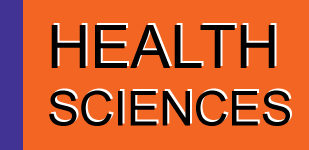Dominyka Juodytė, Giedrius Varoneckas
Abstract
This article provides an overview of a relation between infantmortality and respiratory distress during sleep, pathogenesis ofthese disorders, diagnostics and treatment aspects. It shows thedifferences between infant and adult sleep structure. New-born’ssleep 16 to 18 hours per day, the duration of sleep distributesevenly during the day and night time. Opposite to adults, in infantsthe REM sleep last longest in the structure of sleep, there is anactivation of the central and autonomic nervous system during thissleep, this leads to functional maturation of the baby.Sleep related respiratory disorders and their provocativefactors were reviewed. The REM sleep has an important role in theoccurrence of sleep apnea in infancy, a muscle atony is observedduring this stage of sleep, hypoventilation occurs often, this leadsto reduced oxygenation of the blood and increased carbon dioxideconcentration in the blood. Reduced pharyngeal muscle tone maycause a pulmonary ventilation depression during this stage of sleep.Predominant REM sleep, in the structure of sleep, increases the riskof apnea in infants up to 6-month old. Prolonged apnea may causelife threatening hypoxemia and reflex bradycardia.Recommendations for the sleep apnea in infancy preventionand treatment are presented. Front-page recommendations aresleeping position and sleeping environment. In cases of frequentepisodes of apnea, which can be accompanied by respiratoryfailure, subject to continuous positive airway pressure ventilationis recommended. The possible treatment with surfactant therapyof respiratory disorders, including sleep-related ones, of preterminfants, is presented. Early diagnostics and treatment of sleepapnea will increase neonatal survival and will also ensure betterdevelopment in the normal condition of oxygenation during sleep.
Keyword(s): Newborns, sleep, breathing disturbances, sleep apnea, prevention and treatment
DOI: 10.5200/sm-hs.2014.098
Full Text: PDF
